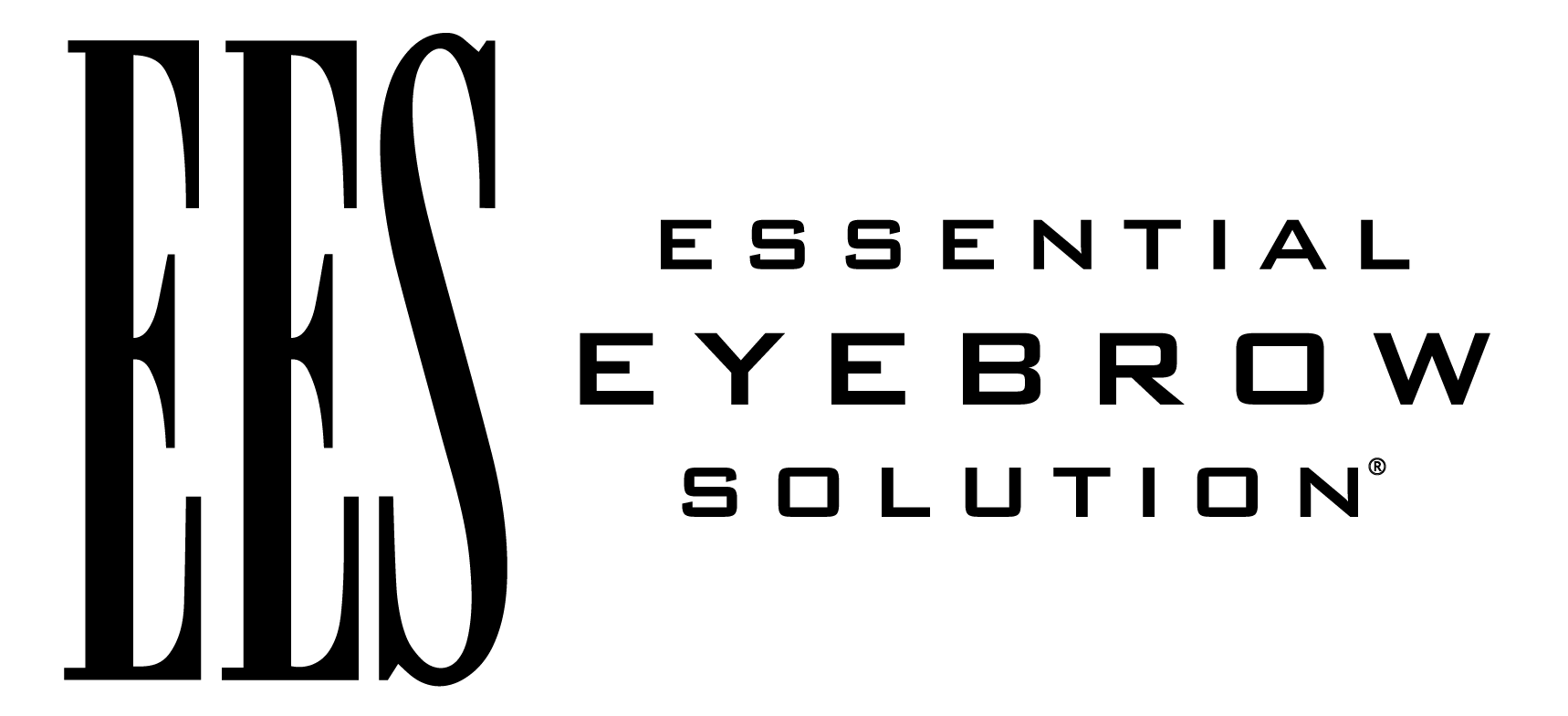Eyebrow Hair Loss Due to Chemotherapy or Radiation Treatment
A cancer diagnosis can be devastating. And according to the National Cancer Society, an estimated 1.7 million people in the US will receive a cancer diagnosis by the end of 2019.
The medical journey toward remission can be a challenging one. In addition to the serious nature of the disease, cancer patients can also face severe side effects of their treatment, including formidable changes in their appearance (such as scalp hair loss and eyebrow loss). Turns out, in fact, that 80% of cancer patients consider hair loss to be the worst aspect of their chemotherapy treatment.¹
It’s no wonder they feel that way, actually. Personal appearance directly affects the self-esteem and psychological well-being of cancer patients—that’s been proven in numerous studies and observed by many oncologists. While scalp hair loss can be disguised, the loss of eyebrows is difficult to hide and is often perceived by patients as an unwelcome, visible sign of their illness. After all, eyebrows create a frame for our face, make us more attractive and help us convey certain expressions and emotions.
Why does hair loss occur during cancer treatment? Let’s take a closer look.
Powerful chemotherapy drugs attack rapidly growing cancer cells (Mayo Clinic). Unfortunately, they also attack other rapidly growing cells in your body (and those in your hair root). Some chemotherapy drugs are more likely than others to cause hair loss—and different doses can result in anything from total body hair loss to only mere thinning. Fortunately, hair loss from chemotherapy is usually only temporary. Hair tends to grow back about three to six months after treatment finishes.
Radiation therapy also attacks quickly growing cells in your body (Mayo Clinic). But, unlike chemotherapy, it affects only the specific area where treatment is concentrated. If you have radiation to your head, you’ll likely lose the hair on your head. Higher doses of radiation can even cause permanent hair loss. Please speak to your oncologist about what dose you’ll be receiving and what you can expect.
Thankfully, leading-edge cancer research continues to significantly improve rates of survival. But the treatments used can cause profound changes in personal appearance, which is emotionally distressing for cancer patients. There are options to disguise scalp hair loss and I urge you to contact a hair replacement specialist in your area—I think you will be surprised by how much they can help you with that issue. However, there were few satisfactory options available to address the loss of eyebrows in connection with chemotherapy and radiation treatment…until now. EES – Essential Eyebrow Solution® has been clinically shown to help preserve eyebrow hair during chemotherapy and can help cancer patients look and feel their best as they face the challenges of chemotherapy treatment. To learn more about the EES Clinical Study, click here.
If you’re a cancer warrior, stay positive and keep fighting. Rely on the love and support of family and friends and put your trust in your medical team. If necessary, find a cancer support group to help you during this most challenging time. Lastly, take comfort knowing that we, among countless others, are rooting for your strong spirit—and a quick and thorough recovery.
Keep reading my blogs for more helpful information on beneficial health and wellness tips, eyebrow-related news and much more!
Always remember: Be informed. Be encouraged. Be empowered. But, most of all . . .Be yourself.
About the Author
Renata Marie Vestevich is the president and founder of EES – Essential Eyebrow Solution®. She is also the owner and director of Advanced Hair Solutions in Auburn Hills, Michigan. Her career covers more than 30 years in the cosmetology and hair replacement industry. To read Renata’s full bio, click here.
1. McGarvey EL, Baum LC, Pinkerton RC, Rogers LM. Psychological Sequelae and Alopecia among Women with Cancer. Cancer Pract 2001; 9: 283-89


